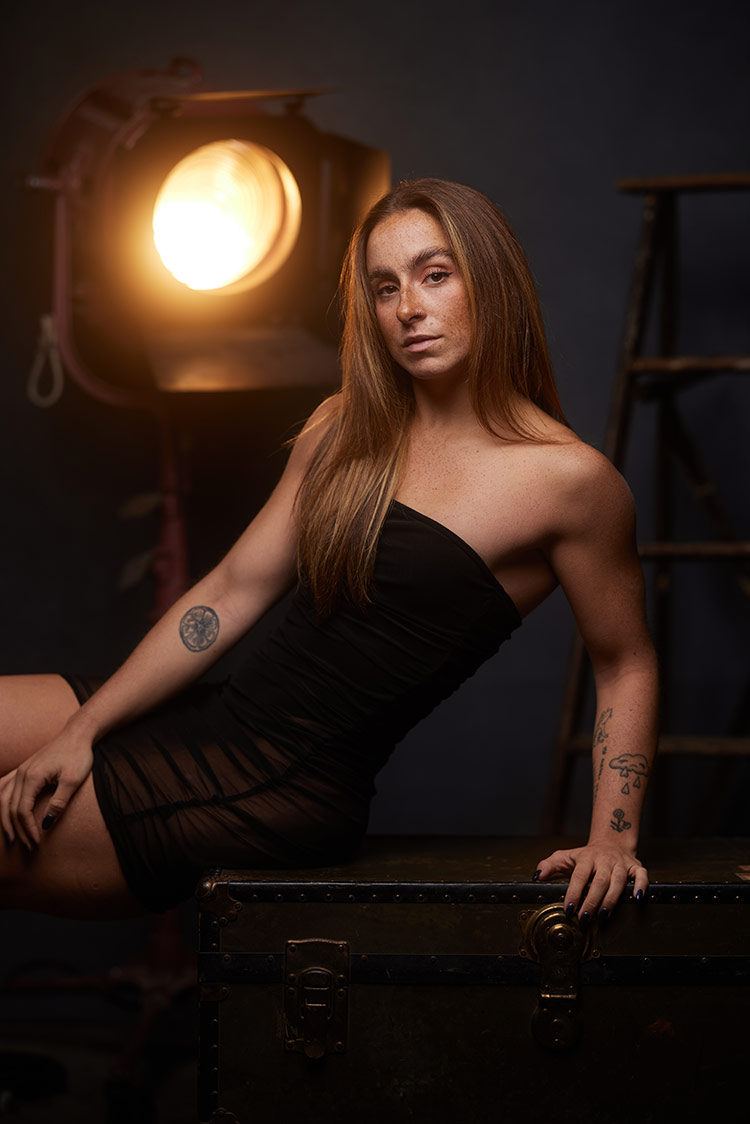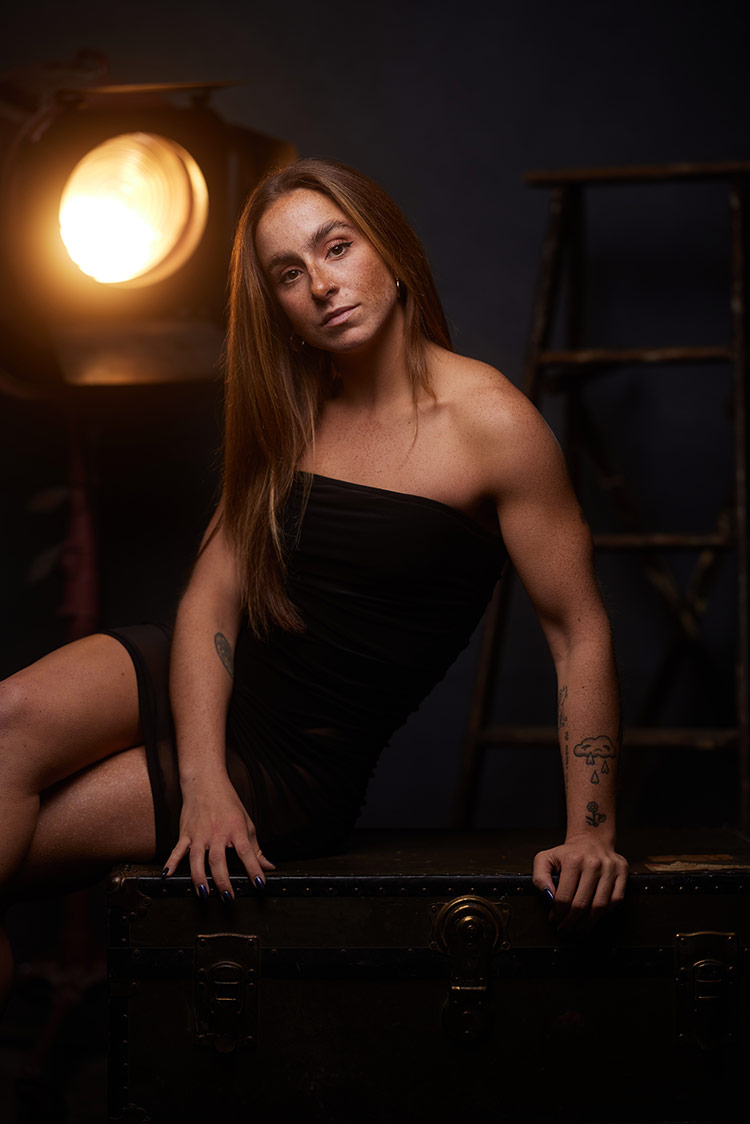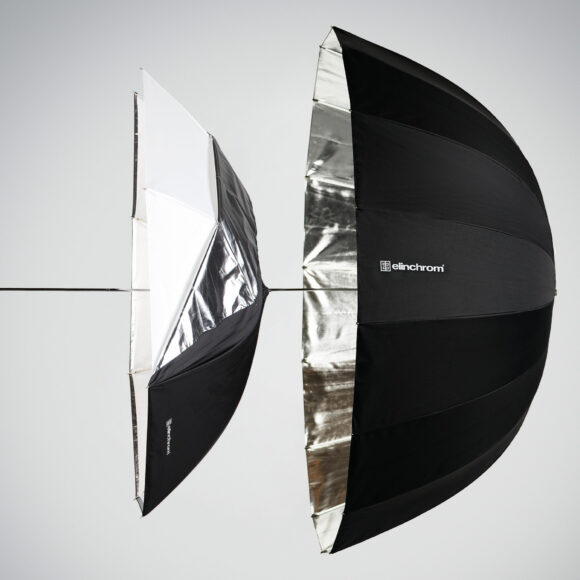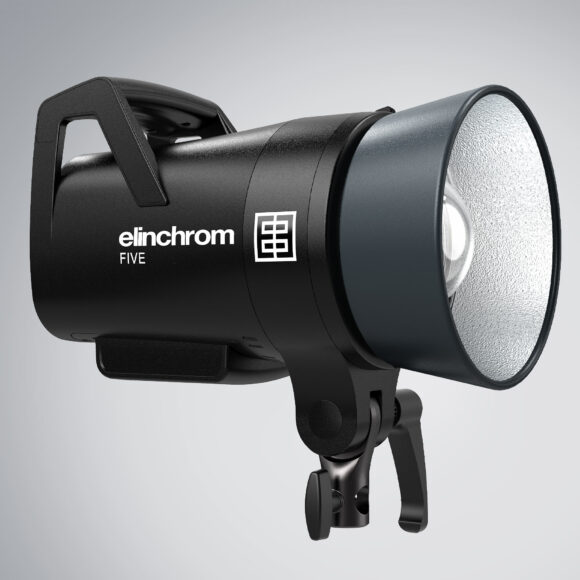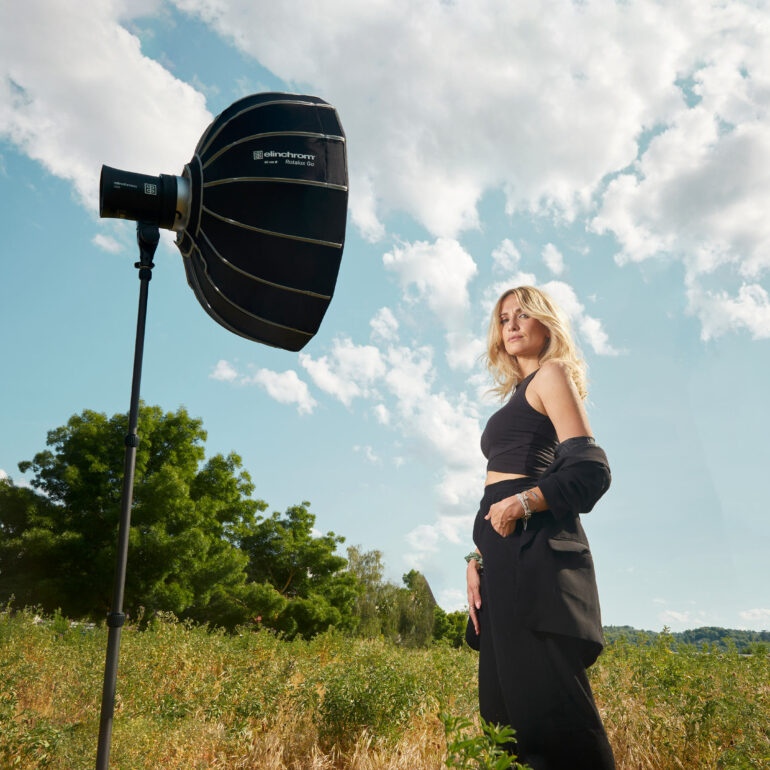Unveiling the magic of Umbrellas in photography
Discover the enduring power of umbrellas in photography with a focus on Elinchrom’s shallow and deep variants. From creating soft, diffused light to producing focused, high-contrast portraits, umbrellas prove indispensable for versatile and efficient lighting setups in photography.
When I got my first set of lights in 1998, I started with two small umbrellas. Back then, I used them for environmental portraits on location. One umbrella illuminated the room, and the other lit up the person’s face. This simple approach marked the beginning of my lighting journey. Even after 25 years, umbrellas remain a staple in my work.
I’ll start by sharing with you how umbrellas differ by comparing images from a recent test and then I am going to share three ways you can use umbrellas in your work for years to come.
Umbrellas primarily come in two varieties – shallow and deep. Elinchrom’s shallow Umbrellas are go-to modifiers for soft, diffused light with widespread distribution, ideal for quick setups and group shots. On the other hand, deep umbrellas offer focused, high-contrast lighting, making them perfect for beauty and portraits. Each type has three variants: translucent, white, and silver.
“When light bounces off of colored surfaces it takes on the color of that object, so having more control of your lighting is essential when creating color images.”
I created the first image with Elinchrom’s Deep Translucent Umbrella coupled with a Black Diffuser on the back. I used this modifier as a shoot through umbrella. The purpose of this cover was to prevent light from bouncing off the interior of the umbrella and then reflecting off of other surfaces in the room. When light bounces off of colored surfaces it takes on the color of that object, so having more control of your lighting is essential when creating color images. The light from this modifier is similar to what you would expect from a softbox: you’ll notice that the transition area between the shadows into mid tones is very subtle and the background is lighter when compared to the other options.
On the second image, as I used the Deep White Umbrella, the light has less specularity, a touch more warmth, and a darker background.
On image three, adding a Translucent Diffuser to the Deep White Umbrella created an indirect softbox effect, warming the light by about 200K, reducing specularity, and smoothing the transitions even more.
For the fourth test, we used the Deep Silver Umbrella, which produced crisper light than the translucent version. With increased contrast, you get more specularity and texture, but the background is darker, producing a more focused feel.
Finally, we tested the Deep Silver Umbrella with the Translucent Diffuser. The light seems to have the same specularity and detail as the white umbrella with the diffuser, but it retains the contrast of the silver umbrella.

Deep Translucent Umbrella coupled with Black Diffuser
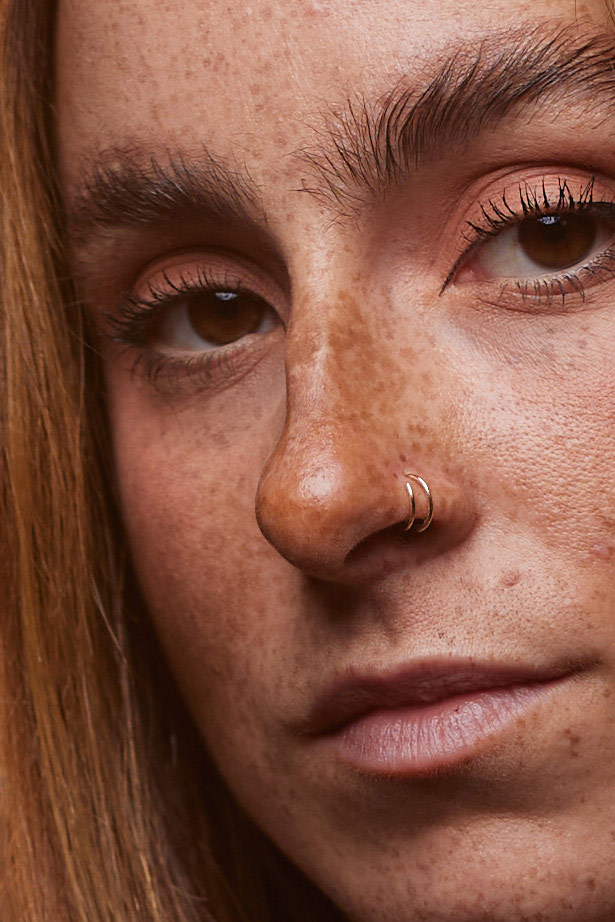
Deep White Umbrella
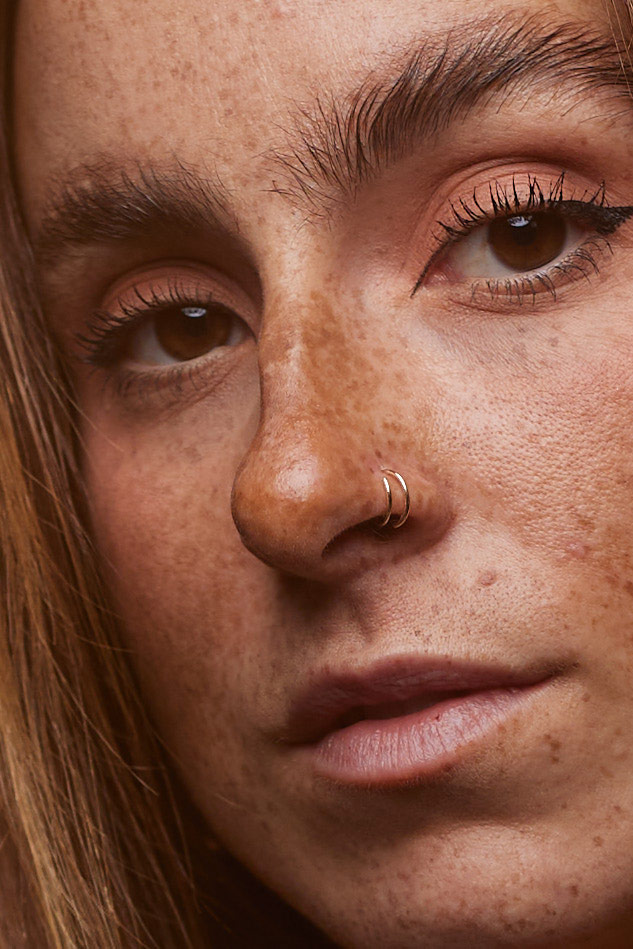
Deep White Umbrella with Translucent Diffuser

Deep Silver Umbrella
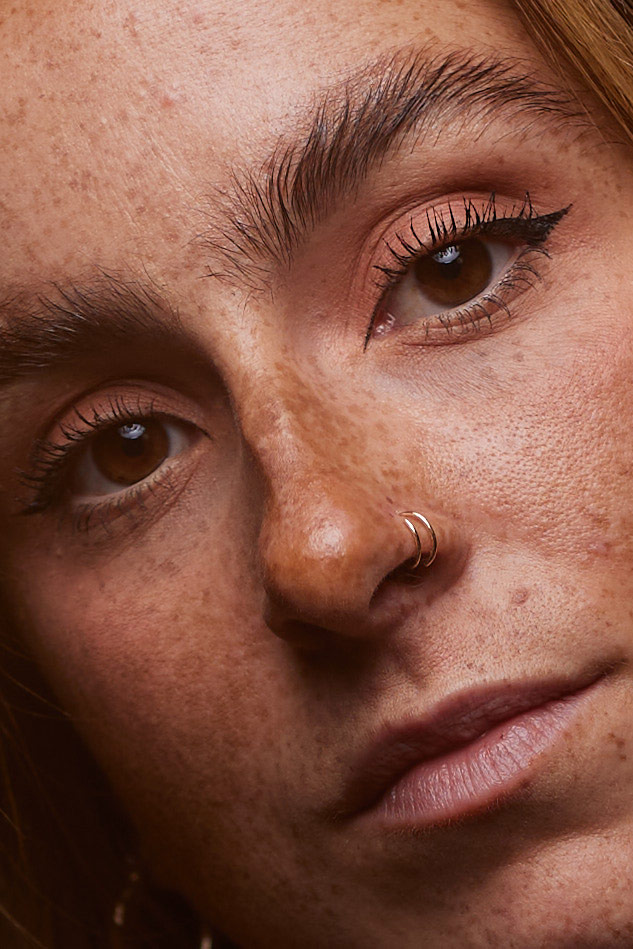
Deep Silver Umbrella with Translucent Diffuser
EXIF
Canon EOS R5
Canon RF 85mm F1.2L USM
1/1600 f2 ISO 100
Main Photo: Deep Silver Umbrella 105cm (41”) w/Translucent Diffuser
Fortress Figure
This setup was born out of a workshop I was teaching in which one of the attendees wanted to recreate a portrait that looked like it was lit with a shaft of light. Inspired by his vision, I set out to perfect that look, and created this image of fellow photographer Jerry Stevens. However, I cannot take credit for his impeccable retouching.
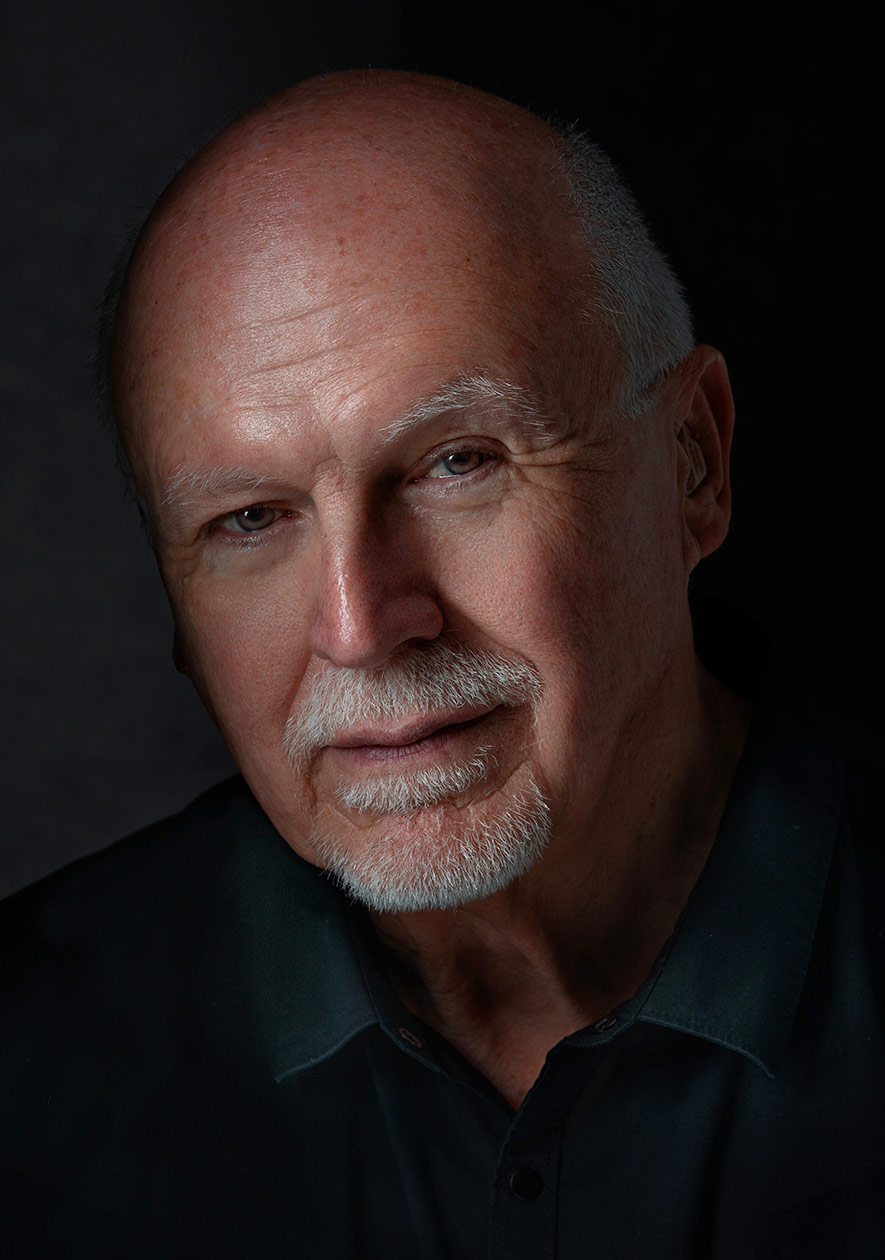
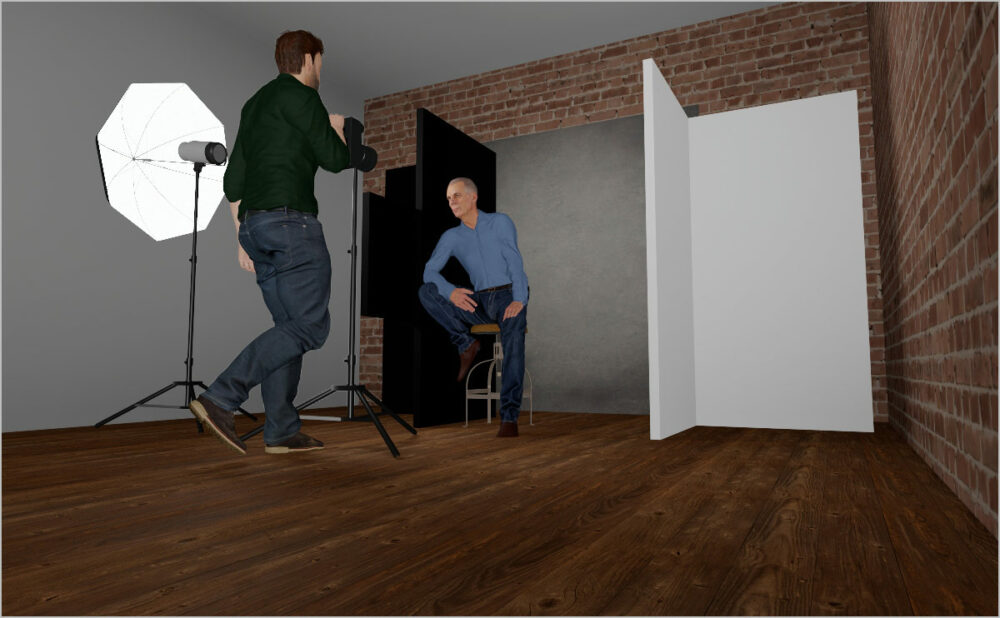
I illuminated this image using a single light in an Elinchrom Deep Silver Umbrella. I placed it about 1.8-2.4m (6-8’) to the right, and the bottom of the modifier was leveled with the subject’s jaw. Then I flagged the light coming from the umbrella with a V-Flat and a 50x75cm (20×30’) piece of foam core positioned so that it was overlapping the front edge of the V-Flat and high enough so it was between the subject’s shirt and the main light. The resulting black “L” restricted the light so it could only strike the front of Jerry’s face. He heightened the isolation by leaning into the side of the V-flat.
The other wing of the black V- Flat blocked the light from hitting the background. Without it, the backdrop would have been brighter than his face. I added a second V-Flat, white side out on my right for fill. It was close but not too close in order to bounce back the perfect amount of light into the shadows. Working out the positioning of the V-Flats and the foam core is fairly easy if you’re in a dark zoom and using a modeling light.
EXIF
Canon EOS R5
Canon RF 85mm F1.2L USM
1/1600 f2 ISO 100
Main Photo: Deep Silver Umbrella 105cm (41”) w/Translucent Diffuser
Not quite John Snow
One thing I really love about teaching workshops is when attendees bring sample images and we create something inspired by them. For this image, we used an Elinchrom 105cm (41”) Deep White Umbrella to create more focused light for this gritty image. After the attendees braided the model’s hair, applied generous amounts of topsoil and painted on ketchup, we created this profile portrait with a little bit of “Game of Thrones” flair.
Positioned above and behind the model, the light blasted through layers of smoke created by a hazer.The image was then finished off by cooling the white balance to 4800° Kelvin.
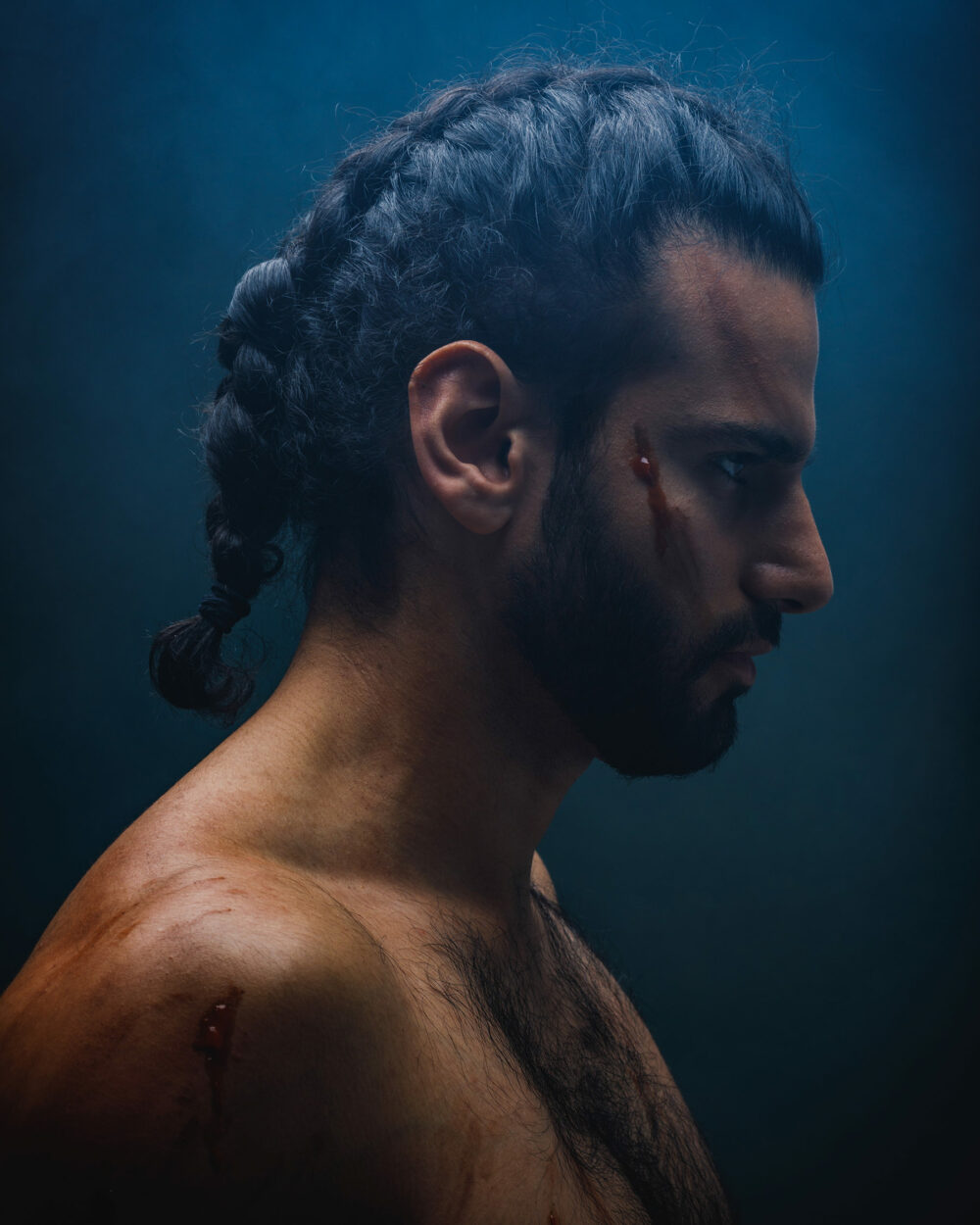
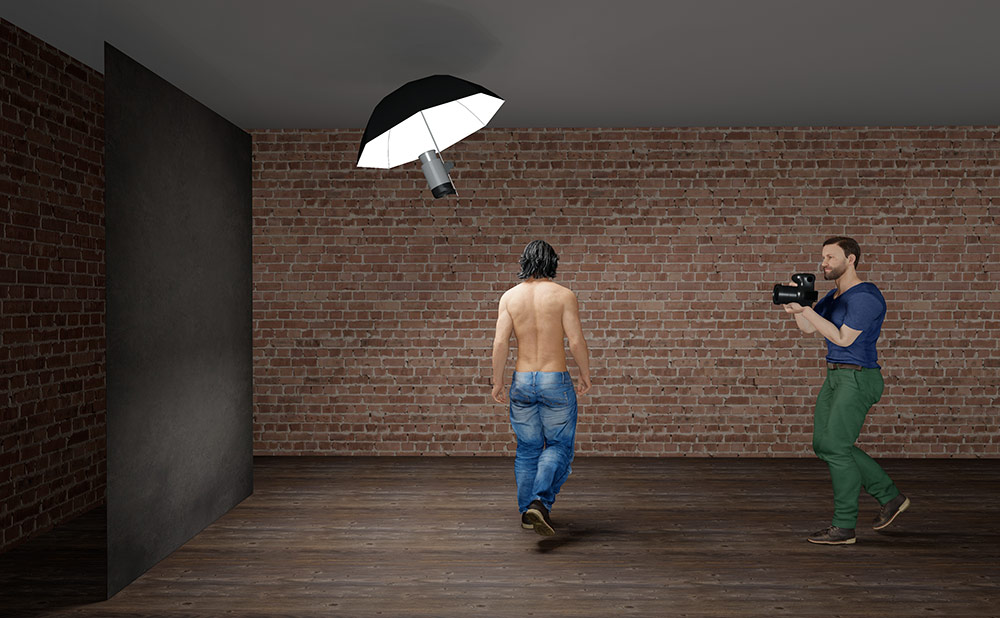
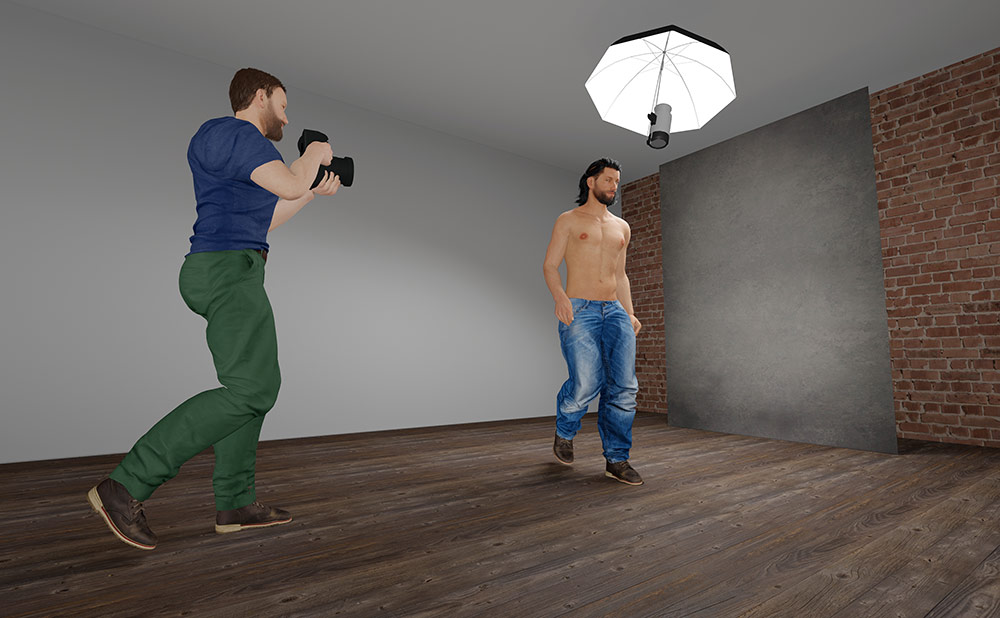
EXIF
Canon EOS 5D Mark IV
EF85mm f/1,2L II USM
1/200 f11 ISO 100
All the time!
A third way you can utilize your umbrellas is to light a background. Placing a light on either side of the backdrop with one of these modifiers will produce much more even light compared to using a standard reflector. However, I wouldn’t recommend using the translucent umbrella for this role, because light might scatter everywhere and hit your subject. Instead, opt for white or silver umbrellas and position them so that the subject cannot see the interior. Alternatively, you can light your background and create a subtle edge light, if you angle the umbrellas so the subject can barely see a slice of the interior.
“Imagine having a compact kit with two Elinchrom THREEs in a backpack, a sling bag with two stands, two umbrellas, and a white diffuser. You will be able to light almost anything”
This is perhaps the most common way I incorporate umbrellas into my photography—simple, efficient, and effective. That’s what these modifiers are all about. Imagine having a compact kit with two Elinchrom THREEs in a backpack, a sling bag with two stands, two umbrellas, and a white diffuser. You will be able to light almost anything, whether you’re a wedding photographer on the go or a portrait photographer commuting on the subway. The only thing holding you back from your next adventure will be your imagination.
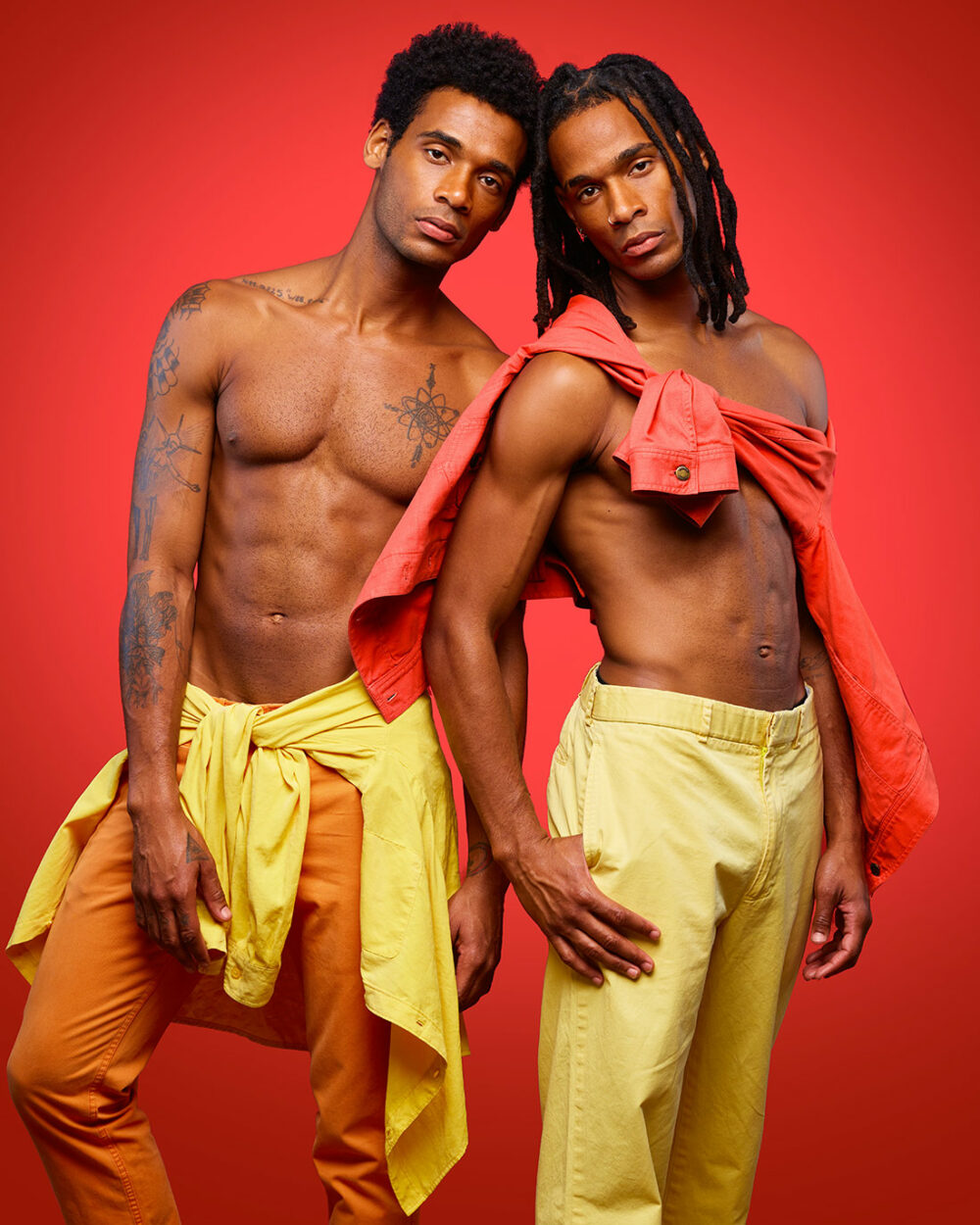
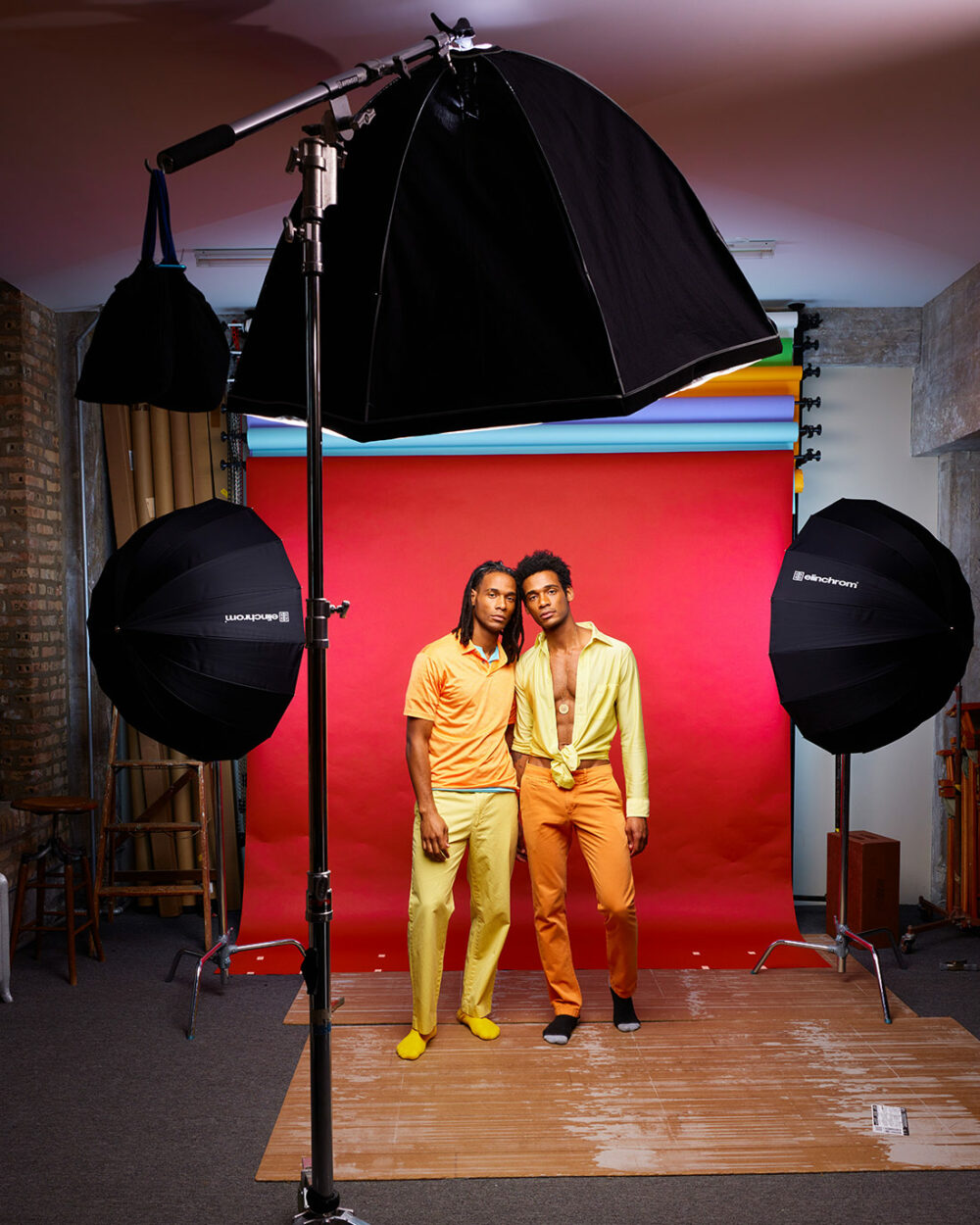
Voir cette publication sur Instagram



